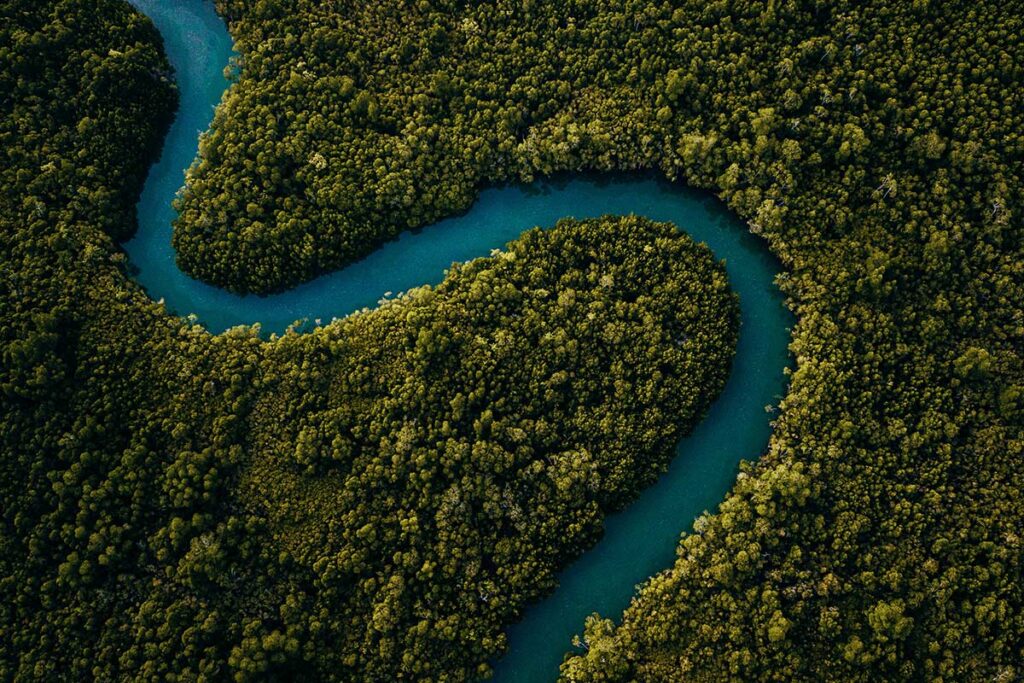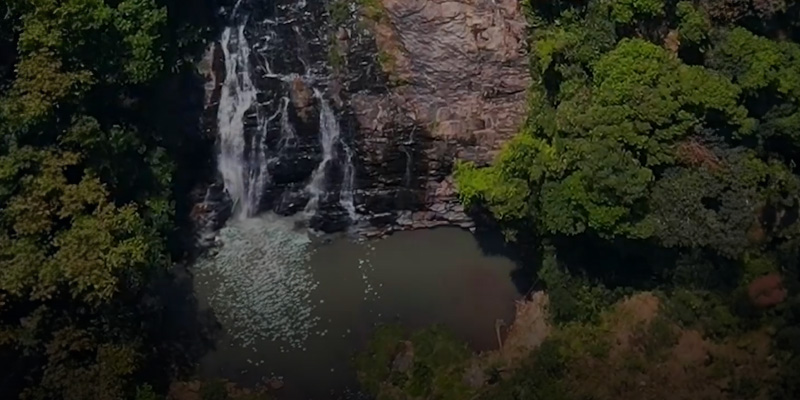Mangrove forests are the unsung heroes in the fight against climate change, playing a delicate role in maintaining our planet’s ecosystems. These coastal woods, which are tucked away at the meeting point of land and sea, are vital to reducing the negative impacts of industrial processes, deforestation, and other human activities that contribute to the buildup of greenhouse gases in the atmosphere.
Mangroves are natural carbon sinks because of their exceptional capacity to sequester carbon. They take up carbon dioxide from the atmosphere through photosynthesis, storing it in their biomass both above and below ground. Studies have shown that mangroves can store up to four times more carbon than tropical forests, making them essential contributors to our planet’s carbon storage. This ability highlights their importance in reducing climate change.
According to a recent analysis published in 2022 by the Global Mangrove Alliance (GMA), mangrove trees around the world store a considerable amount of organic carbon. The total estimated organic carbon stored globally is 21,896.56 million metric tons of CO2 equivalents (Mt CO2e). This carbon is dispersed, with 2817.23 Mt CO2e stored in above-ground biomass and a significant 19,079.32 Mt CO2e stored in the top one meter of soil. Interestingly, carbon storage capacity varies greatly amongst countries, with Indonesia demonstrating a notably robust capability compared to others.

Furthermore, studies have indicated that carbon-rich soils in mangrove ecosystems range in depth from 0.5 to 3 meters. These soils are essential, storing between 49% and 98% of the total carbon in the mangrove ecosystem.
Their rapid CO2 sequestration rate, high productivity, and slow soil decomposition rates improve their ability to store and retain organic carbon. The complex root structures of the plants and waterlogged soils trap organic material, confirming their role as excellent carbon sinks. Consequently, mangroves have received significant scientific attention as natural systems for mitigating greenhouse gas emissions.
A case study showed that Mangrove forests’ annual carbon dioxide (CO2) absorption capability ranges from 23.76 to 38.50 tons per hectare. A social purpose NGO, Friendship, estimated that each hectare of mangrove planted will capture an average of 23.76 tons of CO2 annually. This forecast is based on substantial experience obtained in mangrove plantation efforts in the southern regions of Bangladesh, particularly in the Satkhira District bordering the Sundarbans, over a growth period of approximately ten years.
Renowned for their prowess in carbon sequestration and storage, mangrove forests play a crucial role in mitigating climate change impacts, with their blue carbon ecosystem services surpassing those of other forest types. As an essential source of carbon storage, when they are destroyed, enormous amounts of carbon are released into the atmosphere, worsening climate change. As a result, safeguarding and rehabilitating mangrove habitats becomes essential in reducing the effects of climate change.



